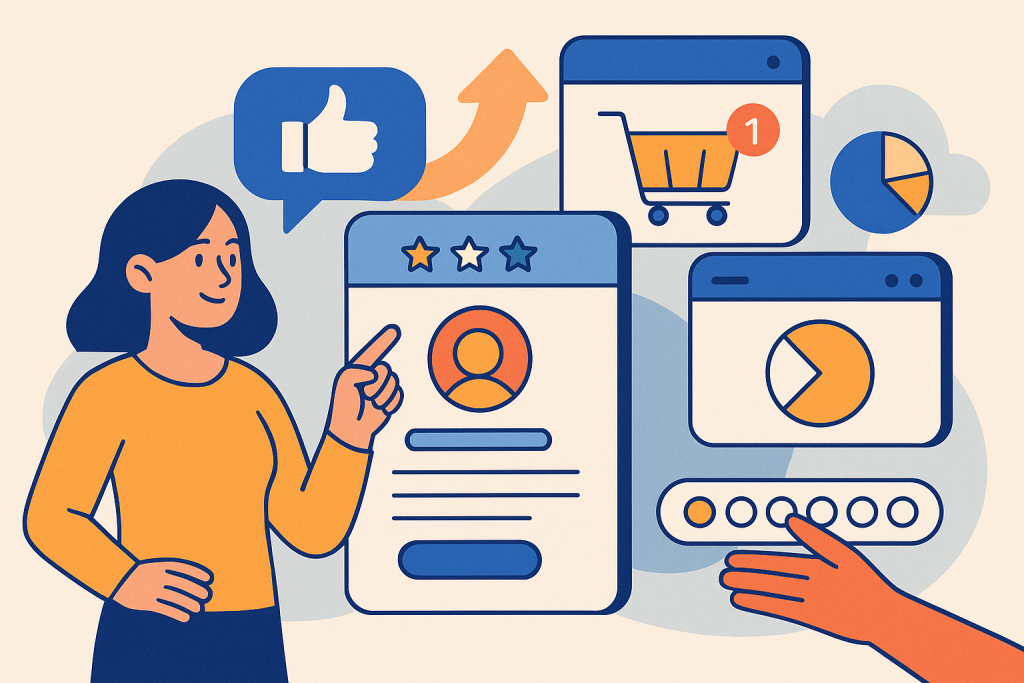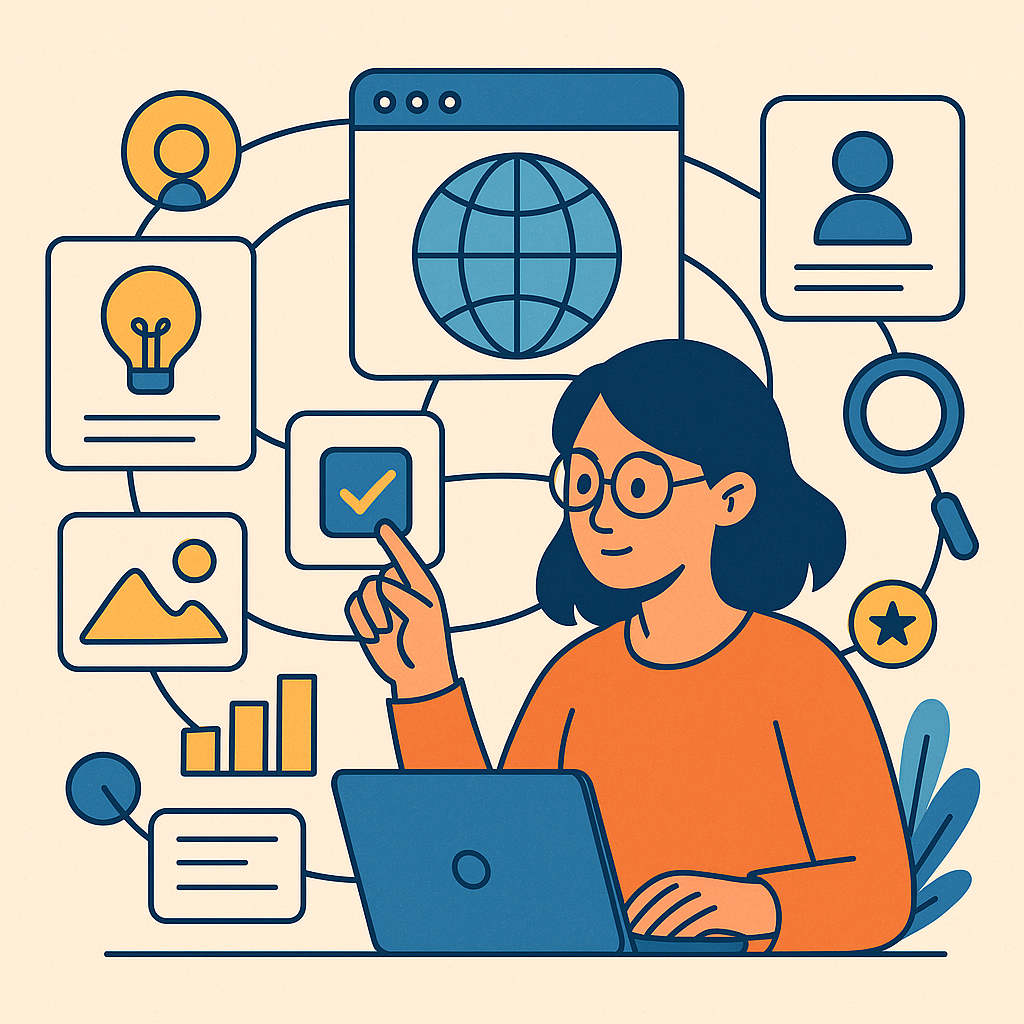Behavioral economics is quietly shaping everything from how apps look to how we make buying decisions. Tech firms are embedding behavioral cues—nudges, defaults, feedback loops—into every interaction. The result? Experiences that align with human behavior rather than idealized rational models.

Behavioral Economics 101: Why It Matters in Tech
Behavioral economics studies how real humans behave, factoring in irrationality, social influence, emotion, and bias. It diverges from classical economics, which assumes consumers are logical actors. For tech companies, this lens is priceless. It reveals what people actually do, not what they say they will.
For example, a default setting can change the behavior of millions overnight. That’s the power of nudges and framing, core concepts in this field.
1. The Power of Defaults: More Than Just Convenience
Defaults are invisible designers. People stick with them because it’s easier than changing them. In one famous example, European countries with opt-out organ donation policies had rates exceeding 90%, while opt-in countries had rates under 30% (Johnson and Goldstein 2003).
Case Study: Alibaba and Zero-Cutlery Default
Alibaba tested a default setting for no disposable cutlery in its food delivery platform. The result? An estimated reduction of over 850,000 sets of cutlery per day (TIME 2023). That’s a powerful example of how small interface tweaks create massive behavioral change.
Tech Implications
- Default privacy settings (Meta, Apple)
- Pre-checked newsletter boxes (Shopify, Amazon)
- Subscription auto-renewals (Netflix, Adobe)
These default mechanisms subtly steer users without overt coercion—making them effective, scalable, and often ethically ambiguous.
2. Nudging: Guiding Without Forcing
A “nudge” is any small feature that influences decisions without removing freedom of choice. In UX, nudges show up as progress bars, reminders, “Did you forget something?” prompts, and social cues.
How Spotify Uses Nudges
Spotify nudges users with weekly playlists like “Discover Weekly” and “Your Top Songs,” using personalized algorithms to create emotional anchors and reduce churn. These nudges build habit loops that increase app stickiness.
But Do Nudges Last?
Not always. According to a 2024 WSJ analysis, users nudged into subscribing to a health app used it 42% less after six months compared to voluntary signups (WSJ 2024). Nudges are great for onboarding but weak in sustaining engagement without reinforcement.
3. Social Proof: Why We Look to Others
Behavioral economics shows we’re heavily influenced by peer behavior. Social proof taps into the psychological urge to conform. Tech companies use this via:
- “Trending now” lists (Twitter/X)
- “Customers also bought…” (Amazon)
- Star ratings and reviews (Airbnb, Yelp)
Social proof increases conversion by reducing decision fatigue and validating user intent (Amir 2024).
4. Anchoring: Your First Offer Shapes the Rest
Anchoring is when users overly rely on the first piece of information they see. For instance, presenting a $99/month premium option before a $49/month standard plan makes the latter seem more reasonable.
E-commerce and SaaS platforms exploit this with multi-tiered pricing—nudging customers toward “middle” plans that seem like a compromise.
5. Endowment and Personalization
When users customize something—be it a playlist, avatar, or dashboard—they feel ownership. This endowment effect increases perceived value and emotional attachment.
- Canva encourages users to “create your brand kit”
- YouTube Music builds “Your Mix”
- Notion promotes custom templates and setups
These small acts of personalization improve retention and reduce churn by as much as 30% (Li et al. 2025).
6. Scarcity: Fear of Missing Out
Limited-time offers, “Only 2 left in stock,” or countdown timers use scarcity to induce urgency. This technique, common in retail, is now prevalent in app flows, SaaS upgrades, and even crypto platforms.
Amazon, for instance, deploys urgency-laced copy to improve conversions during flash sales. Research shows scarcity messages increase checkout rates by 18–32% depending on urgency phrasing (Peters et al. 2025).
7. AI-Powered Behavioral Insights
Today, behavioral economics is evolving with machine learning. LLMs and AI now analyze user data to generate personalized nudges.
Research Breakthrough: Personalized Energy Nudges
A Stanford-led study showed AI-generated nudges tailored to individual values (e.g., cost savings vs. climate impact) improved adoption of green behavior by 88% compared to generic messages (Li et al. 2025).
Tech companies like Google Nest, Tesla, and Samsung SmartThings are experimenting with behavioral data + AI nudging to promote energy savings, health goals, and better digital habits.
8. Dark Patterns: The Ethical Line
Not all behavioral design is user-friendly. “Dark patterns” manipulate users into actions they wouldn’t freely choose—like hiding opt-out buttons or using guilt-inducing copy (“Are you sure you want to leave us?”).
The EU and U.S. regulators have begun cracking down on deceptive UX. California’s Consumer Privacy Act and Europe’s Digital Services Act require more transparency, with fines up to 6% of global turnover for violators.
Moving Forward with Ethical Design
In 2024, the UK Behavioural Insights Team published ethical guidelines for digital nudging—emphasizing informed consent, reversibility, and benefit to the user (BIT 2024). Many companies are integrating ethics teams to audit their UX flows proactively.
9. Behavioral Economics in Hiring and Onboarding
Recruiting platforms use behavioral insights to:
- Remove friction in application processes
- Gamify onboarding steps
- Provide opt-out job alerts instead of opt-in
LinkedIn and Indeed have used nudge-based design to increase job application completions by over 60%, according to internal A/B tests cited by Behavioural Insights Team (BIT 2024).
Summary Table: Key Behavioral Economics Concepts in Tech
| Concept | Tech Example | Impact |
|---|---|---|
| Defaults | Google privacy settings | 80% retention with default-on toggles |
| Nudges | Spotify playlists | Habit formation, reduced churn |
| Social Proof | Airbnb reviews | Trust-building, increased bookings |
| Anchoring | SaaS pricing tiers | Perceived value shift |
| Endowment | Canva brand kits | Emotional ownership, loyalty |
| Scarcity | Amazon sales timers | Conversion rate spikes |
| AI Nudging | Tesla Eco-Drive feedback | Personalized engagement |
| Ethics/Dark Patterns | Cookie banners | Increasing regulatory scrutiny |
Final Thoughts
The integration of behavioral economics into technology isn’t just a trend—it’s a paradigm shift. When used responsibly, it enhances engagement, user satisfaction, and long-term value. But with power comes responsibility. As AI deepens personalization, ethical UX will be critical in the next phase of digital transformation.
Tech leaders must move beyond “engagement at all costs” and embrace user-centric design powered by transparency, choice, and respect. The real promise of behavioral economics lies not just in what it can do for business—but what it can do for users.
References
Thaler, R. H., & Sunstein, C. R. (2008). Nudge: Improving Decisions About Health, Wealth, and Happiness. Yale University Press.
https://yalebooks.yale.edu/book/9780300122237/nudge/
Ariely, D. (2008). Predictably Irrational: The Hidden Forces That Shape Our Decisions. HarperCollins.
https://www.harpercollins.com/products/predictably-irrational-dan-ariely
Kadakia, A., & Fischer, L. (2021). “Behavioral Economics in Product Design: The Tech Advantage.” Harvard Business Review.
https://hbr.org/2021/04/behavioral-economics-in-product-design






